I feel really fortunate to be able to interview Kate MccGwire for CVLT Nation today. I have a huge amount of respect for her sculpture and her vision, and her art career is inspirational. She creates massive pieces, intricately patterned with found and donated feathers, and has shown her works at prestigious galleries around the world for more than a decade. After the jump, float away on the Thames with Kate MccGwire…

Hi Kate, how’s the weather?
It’s beautiful at the moment. As my studio is on the river, I feel privileged to experience the British summer at its best. That said, it’s due to pour with rain tomorrow so I get it at its worst as well!
What draws me to your work, especially pieces like “Slick” and the huge installation you did for “Bound,” is the sense of dark power I see in them, almost like they are enveloping everything in their path. Is there a threatening quality you deliberately bring about in your subjects?
There is certainly an uncanny quality to the work that can provoke all manner of reactions, from malice and menace, to softness and tranquility. Freud’s notion of the ‘Unheimliche’ or ‘unhomely’ is referenced throughout my practice to conjure up a feeling of the familiar made strange; it toys with context and perspective and asks to viewer to question the uncertainty that lurks behind the truth of the everyday.

How does the concept of opposites come into your work?
By using materials that are in some way familiar the subversion and heightening of meaning can be experimented with. Many of us will have preconceived sensory notions of birds and feathers, by presenting them in an organic yet unconventional way the binary perceptions of beauty and disgust, attraction and fear, and even elegance and power are employed.
How does layering play a part in what you create, and what does this layering mean to you?
Patterning plays a strong role in my work as well as the desire to present something organic. By closely examining the formal structure of a bird’s wing the construction of the natural can inform the arrangement of a piece of work. The result is that the flowing form of the work is both planned and evolves naturally with the course of the feathers, each nestling gently onto the one laid before.

Photo by Francis Ware

Photo by Francis Ware
How did you start using feathers in your sculpture?
With my studio situated on a Dutch barge moored on a semi-derelict island in the river Thames, nature has always played a strong role in the evolution of my work. As well as the assorted river wildlife, the island also hosts a warehouse full of feral pigeons, and it was whilst on my daily walk with my dog, that I started to pick up molted pigeon feathers and began to store them back at my studio. Within a couple of months I had a collection of about 400 and had started to layer and play with them, realizing quickly their potential for a larger scale piece where I would need thousands.
You must use thousands of feathers in each of your sculptures…where do the feathers come from?
I wish that there was an easy answer to that question but the feathers come from all over the UK and from many different sources. My main supply comes from pigeon racing clubs and racing enthusiasts who have been invaluable in their support and interest in my work. As the feathers are only naturally shed around April and October the amount needed for large-scale piece of work may need to be collected over a period of years. By letting the materials guide the work I have learnt the importance of both collection and creation, and enjoy how intertwined the processes can be.


Your sculptures look like creatures from another universe! Do you try to invoke a sense of the living and breathing in your work, or is this something that the observer assumes because of your organic medium of feathers?
I try and create works which are bodily, that have some sort of visceral, immediate feeling about them. A reference again to the notion of the uncanny, both relating to the organic body and yet alien and strange. The pieces in the cabinets for instance are trapped, they have no head to them, they are uncomfortable and beautiful at the same time, we recognise creases and crevices and they refer back to ourselves but they are otherworldly. I’m constantly trying to construct this fine line between attractive and vaguely disquieting.
In your view, does your work take a stand about certain human perceptions or characteristics, or is its’ meaning more holistic?
I think that perceptions are very much influenced by personal experiences and cultural connotations but can also carry with it a deeper more primitive resonance. As the materials of my work are both curious and recognizable I would like to think that the work has layers of appreciation and understanding, and this enables people to experience both a personal and universal reaction.


Was artwork and creativity a big part of your childhood?
Artwork and creativity were particularly formative in my childhood years. As I am strongly dyslexic I can still find it hard to express myself in words, through my artwork and drawings I found an avenue to self-expression as a child and to my ambition as an adult.
What artists inspired you most when you were younger?
When I was very young I loved the fairytale worlds of Arthur Rackham and the visual intensity of artists such as Gustav Klimt. As my awareness of art and artists grew my interest became more focused on concept and materials especially in the work of Eva Hesse and Doris Salcedo. Louise Bourgeois was also particularly influential for her focus on the peculiar in the everyday and her binary references to both brutality and nurture in her work.

When did you open your studio on the Thames? What does working on the river bring to your creations?
Since moving the studio here in 2006, I have found that the variety and freshness of my surroundings directly influence the temper of my work. Both the river and nature are an endless source of inspiration for me, and increasingly, the studio and the work is becoming ever more intertwined.
Much like the patterning of the water when the river is turbulent there is a kind of seething undercurrent inherent in nature. While on the one hand you may see a mother bird with her twelve ducklings, the next day you will see her with four or five, that situation is both beautiful and brutal, and this is the kind of thing I encounter everyday. Wildlife is no longer reduced to perfectly controlled stills, it is in motion, in action, and it is beautiful, but all is not what it seems.
Thank you Kate for a beautiful interview!
www.katemccgwire.com
info@katemccgwire.com
Visit Kate’s Gallery at All Visual Arts.
Images courtesy of All Visual Arts – Photographer Tessa Angus – except where noted.



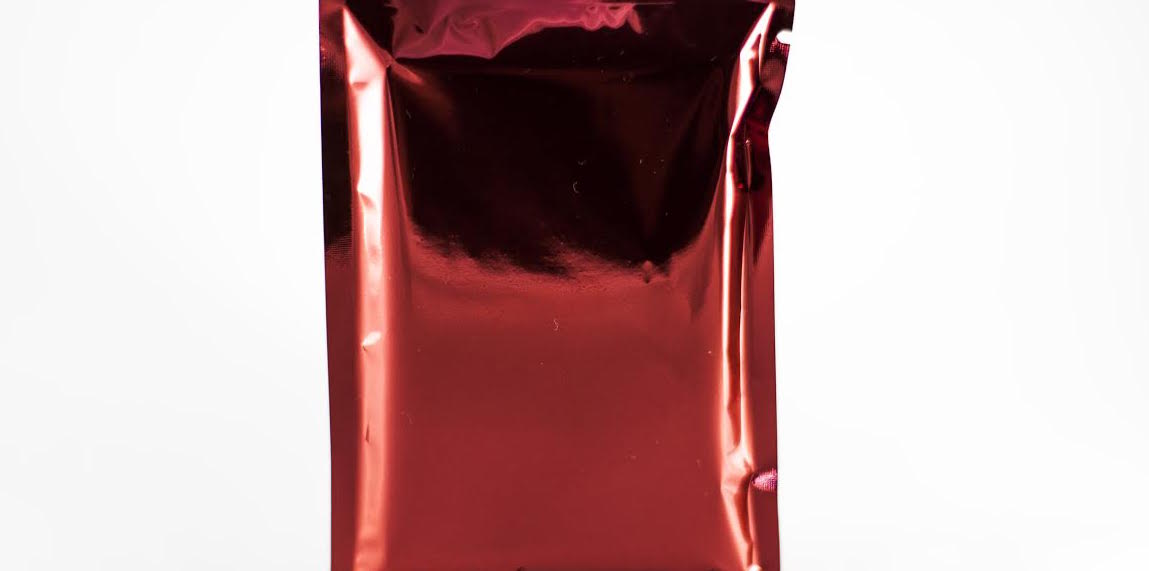
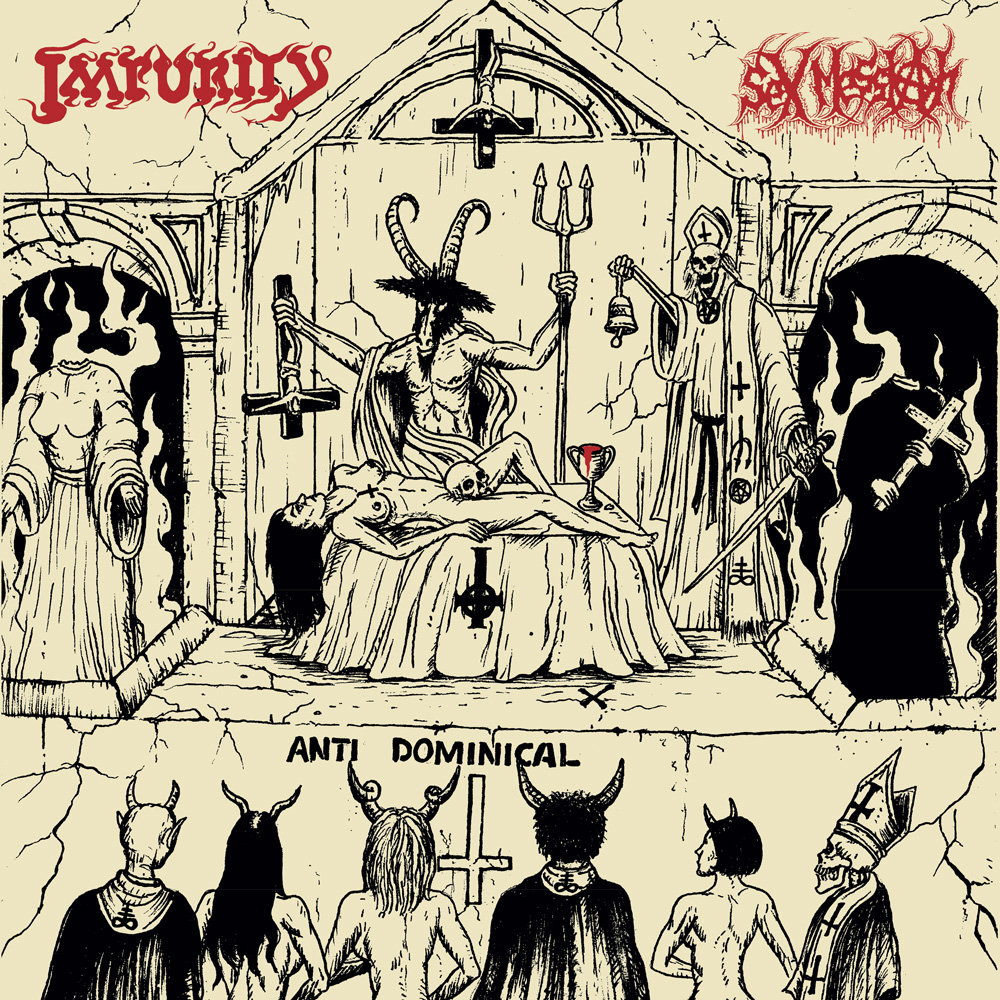

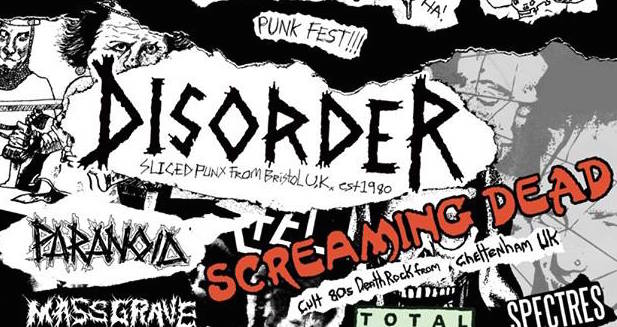

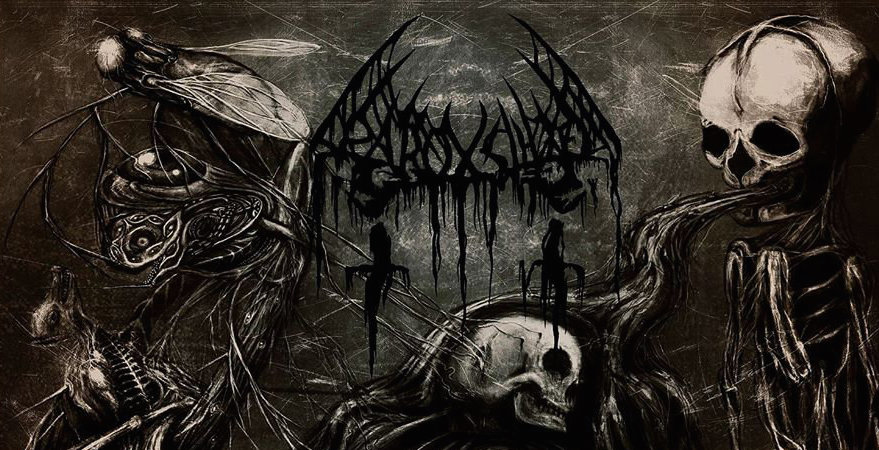
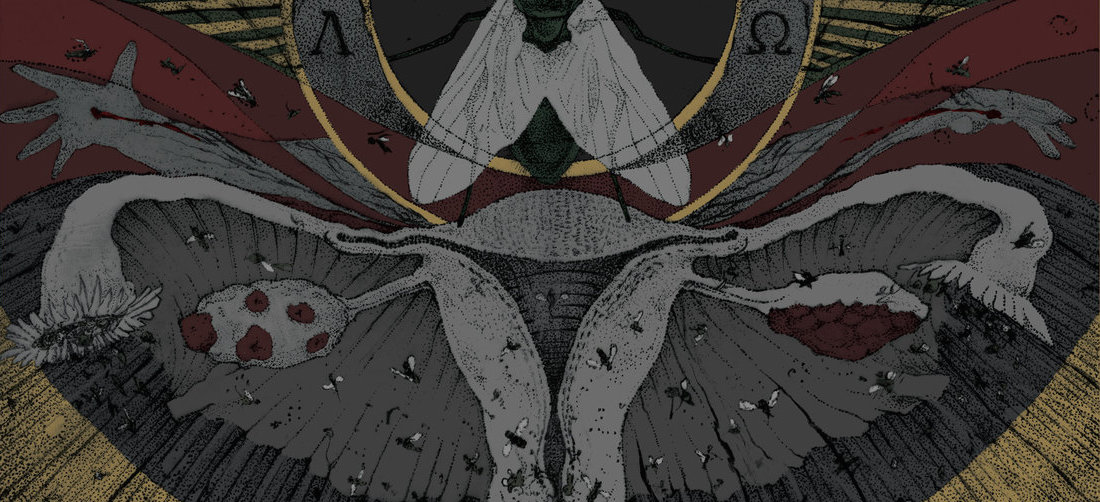
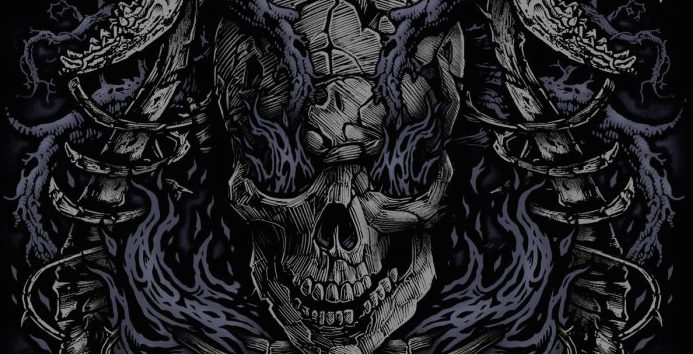
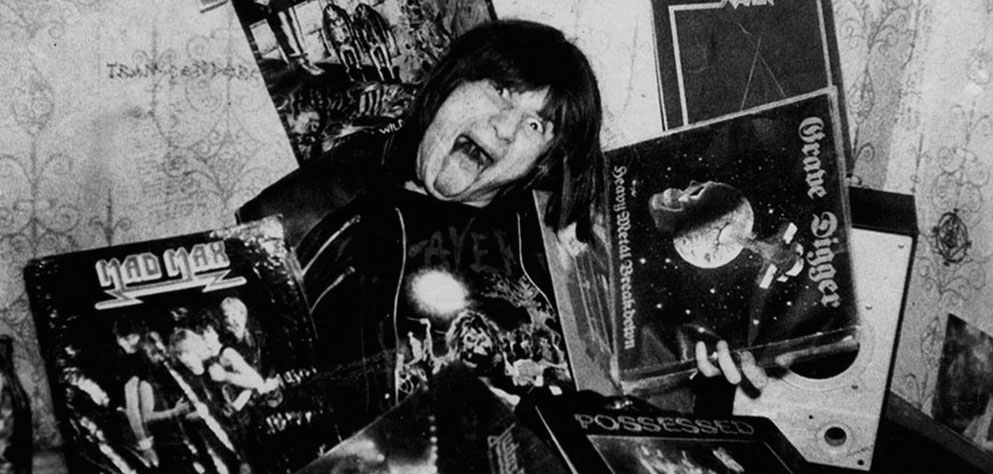
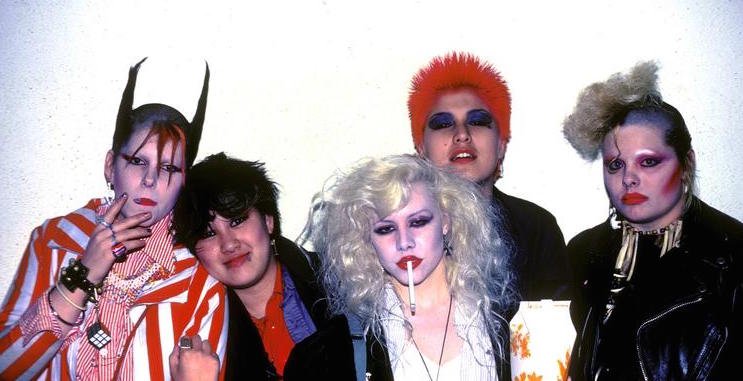
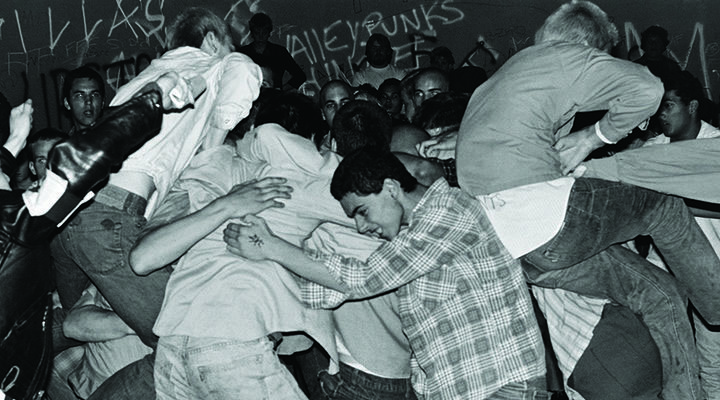


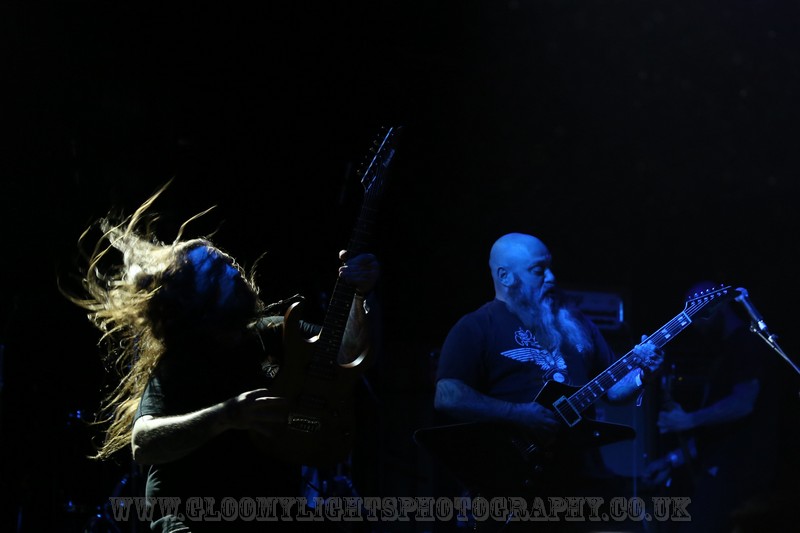


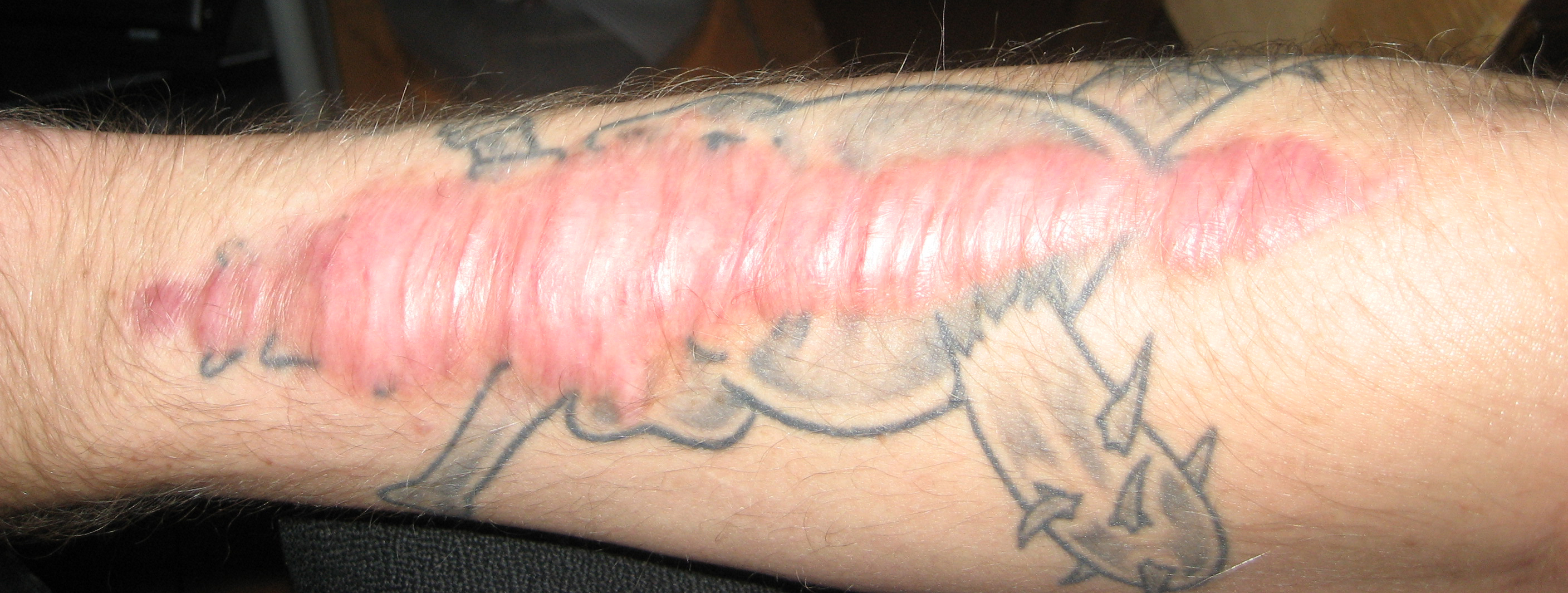
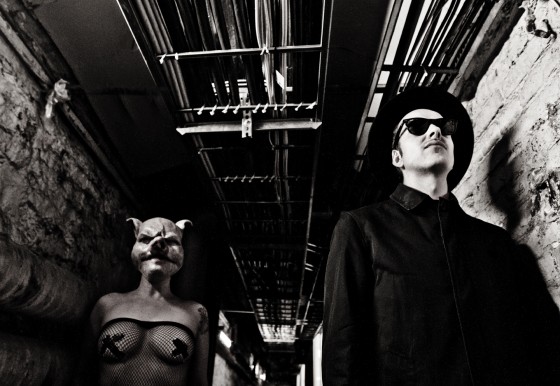
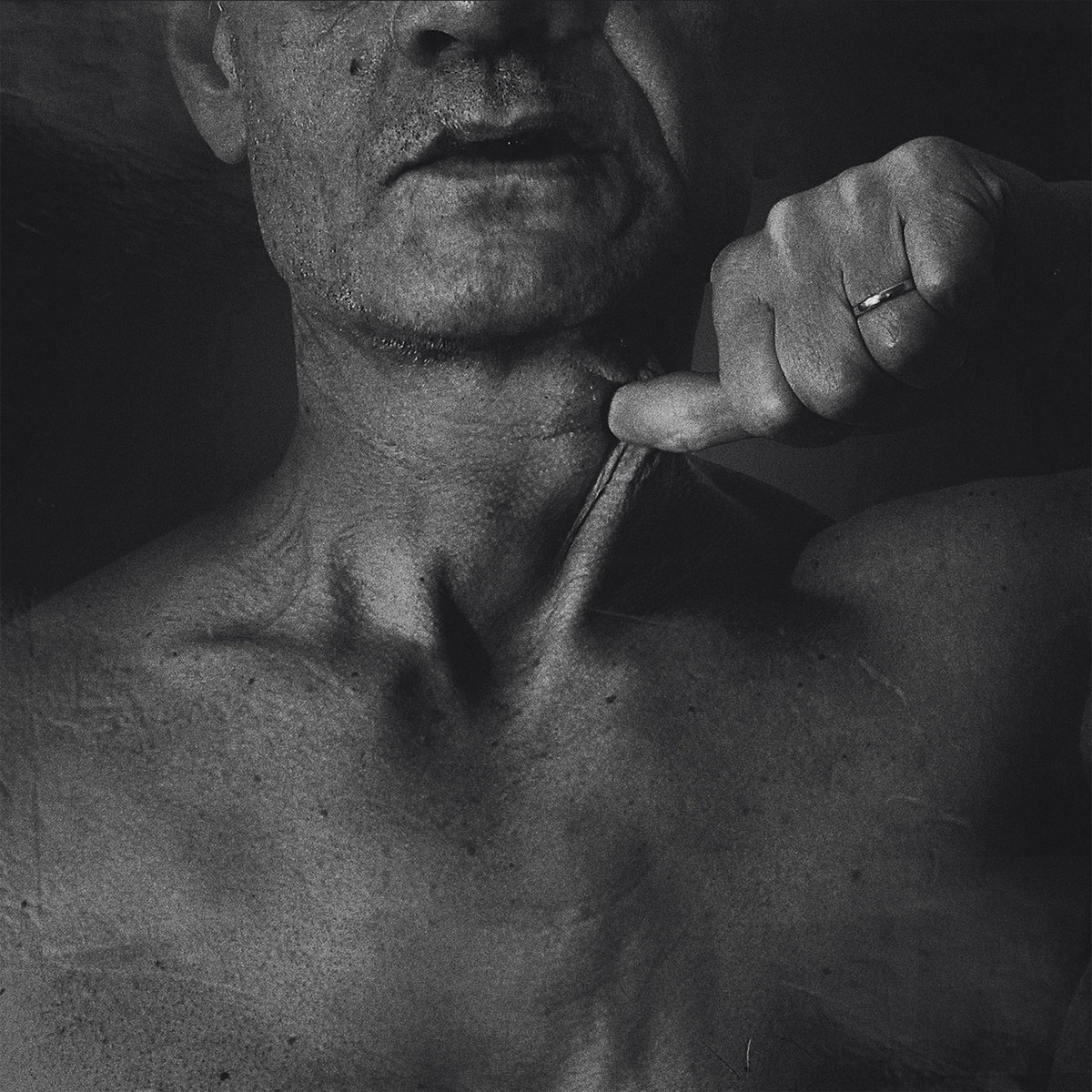
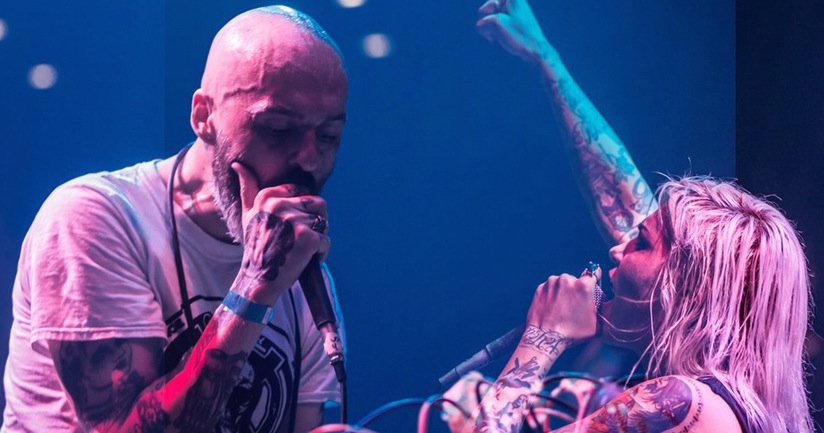
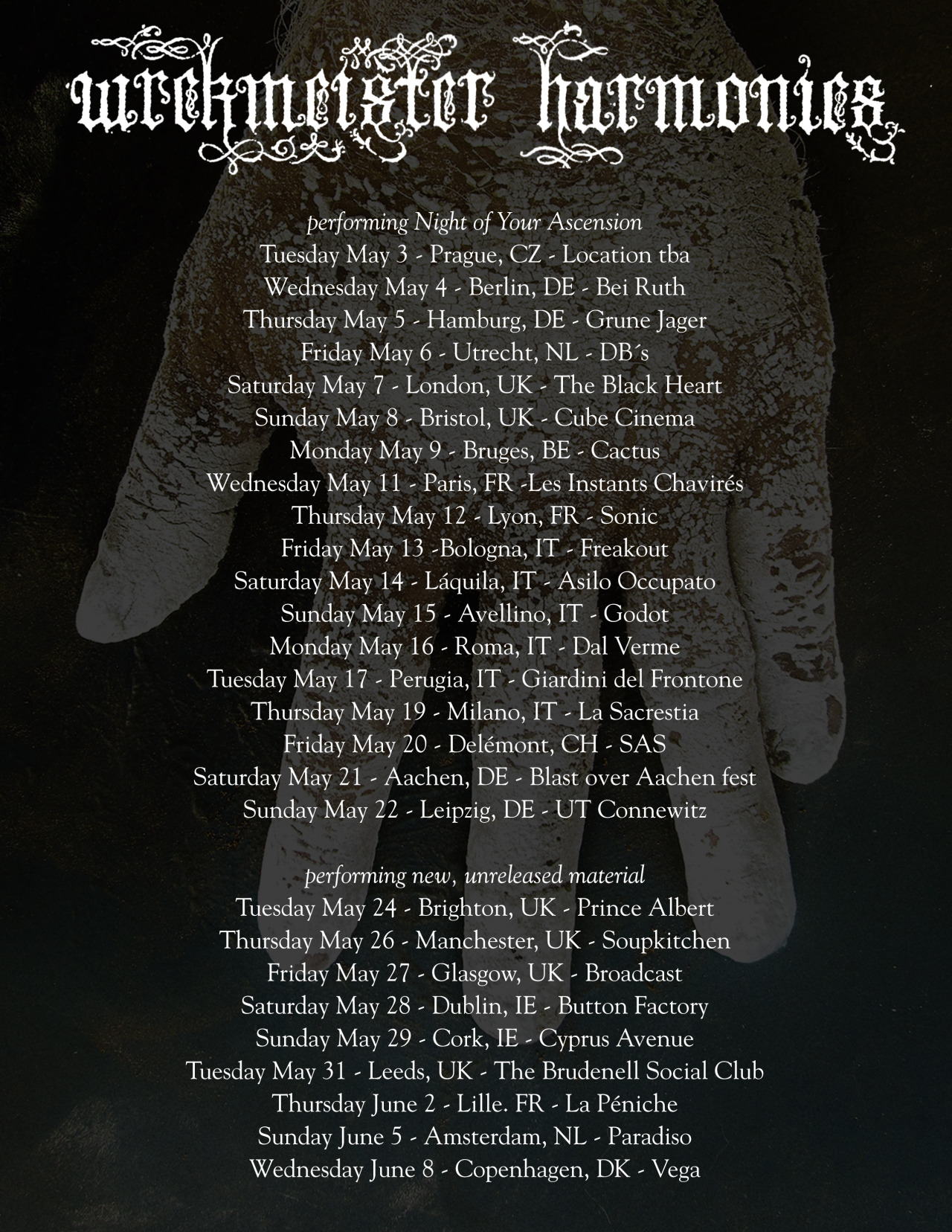
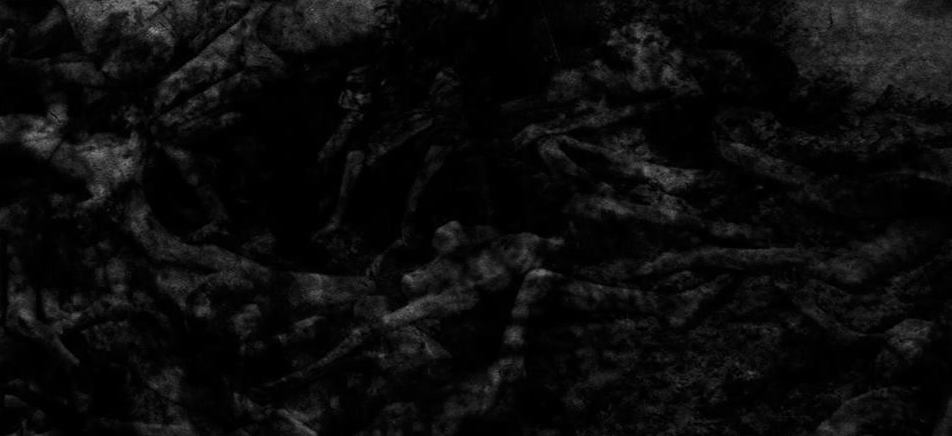
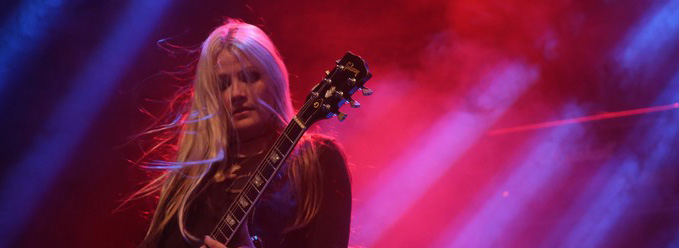
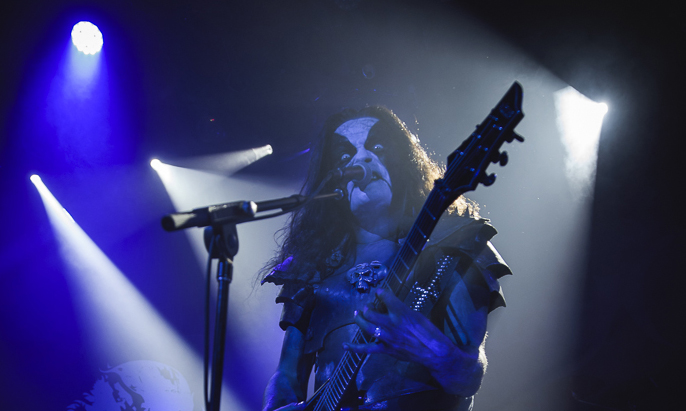

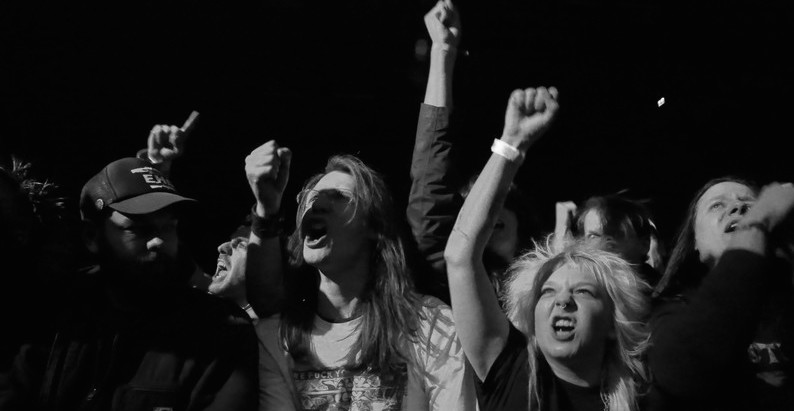
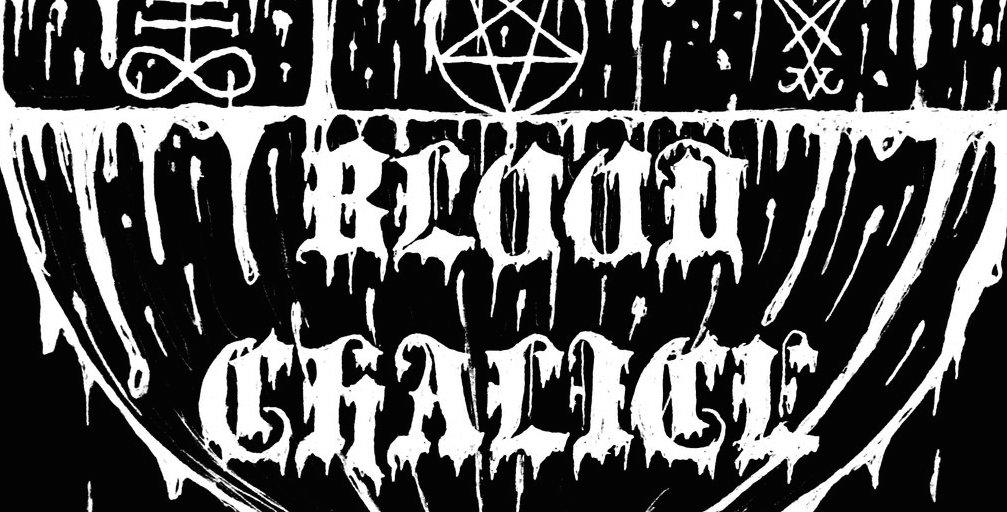
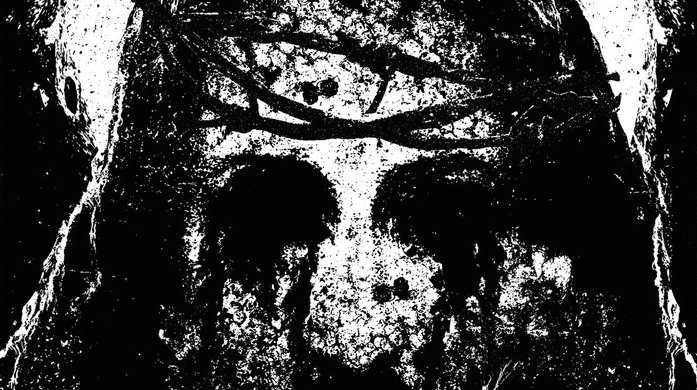
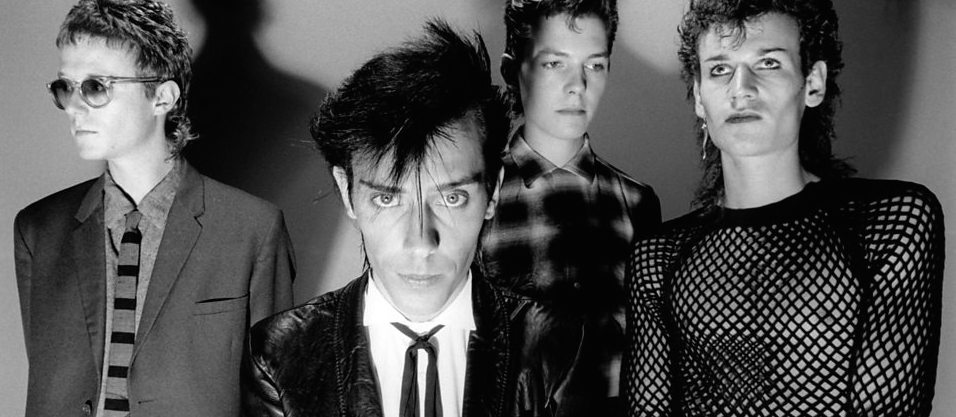

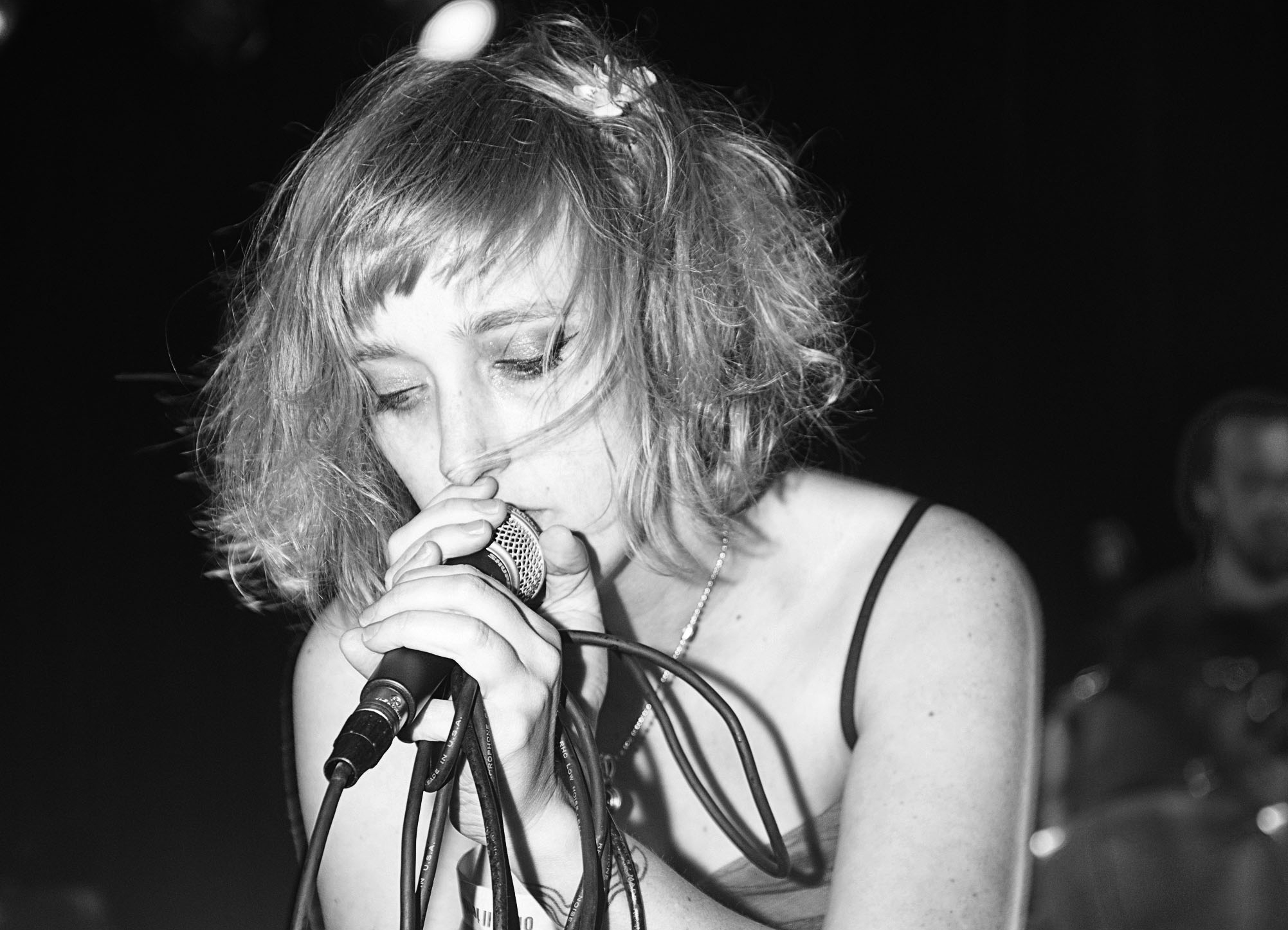
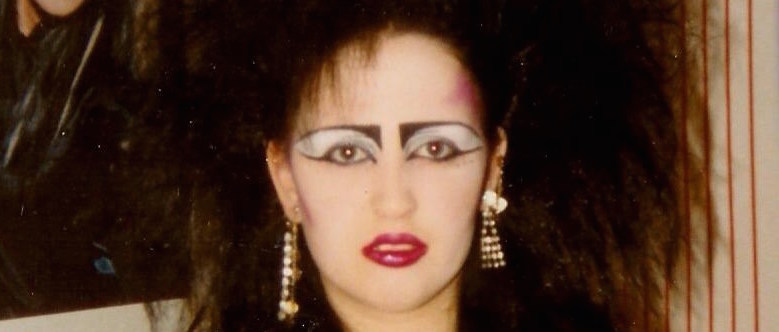
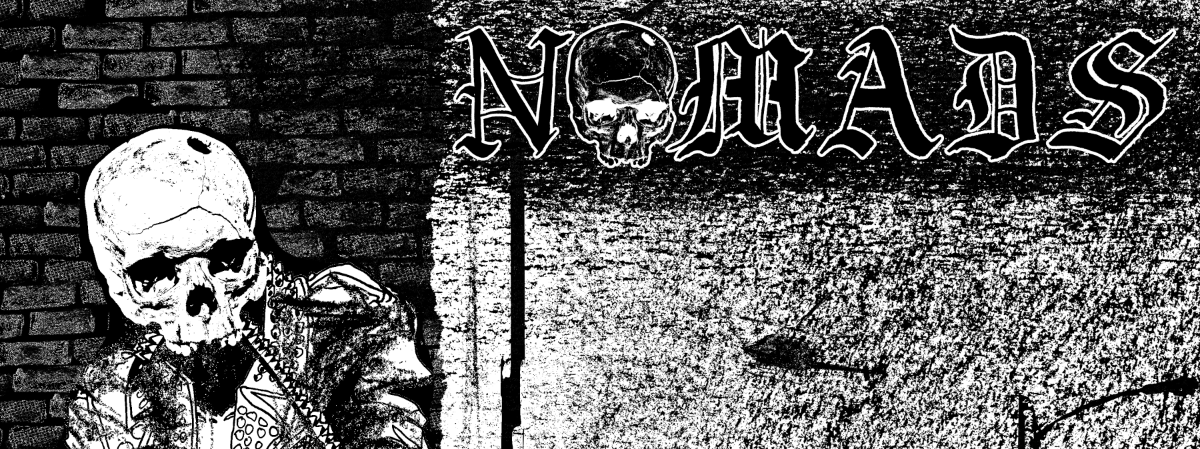
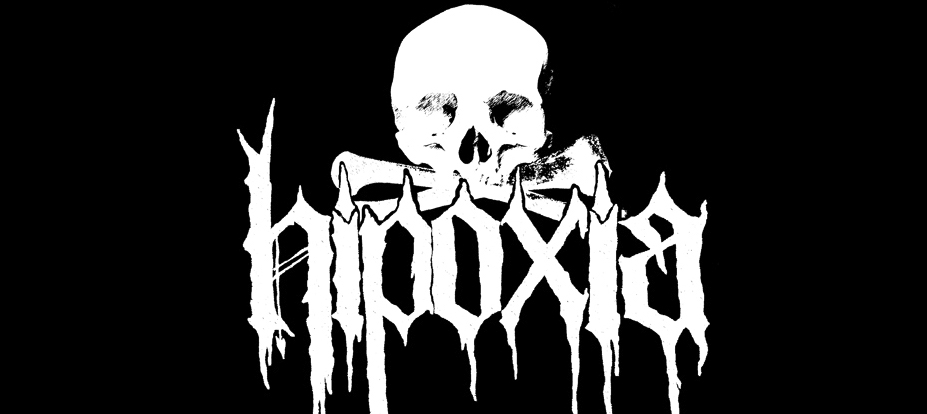
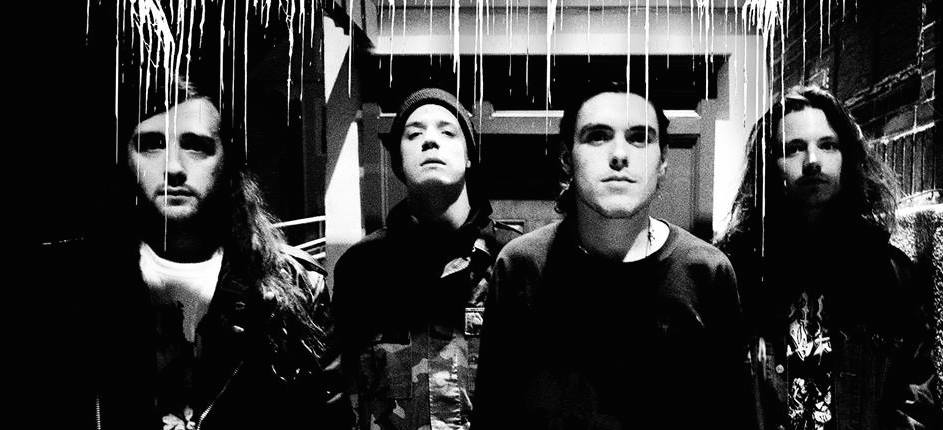
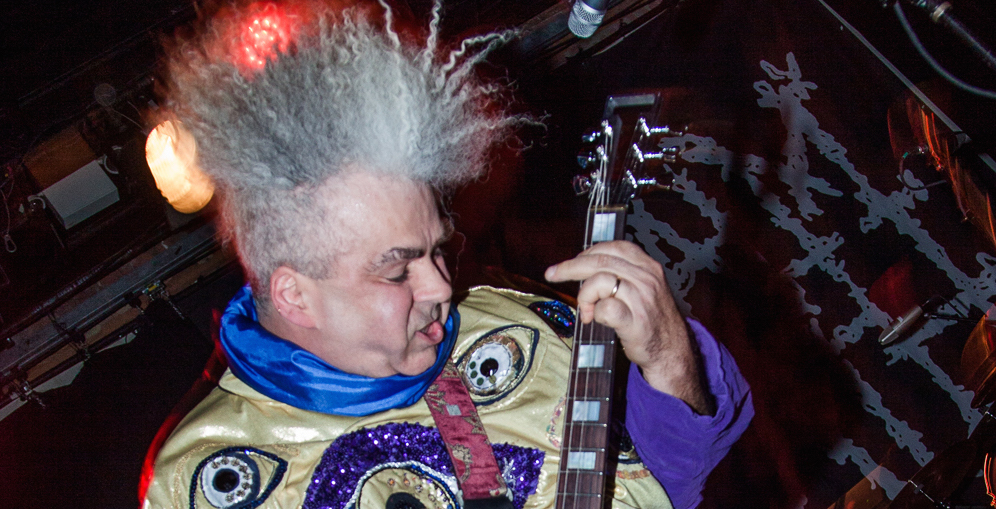

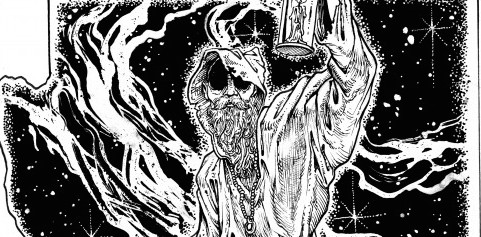
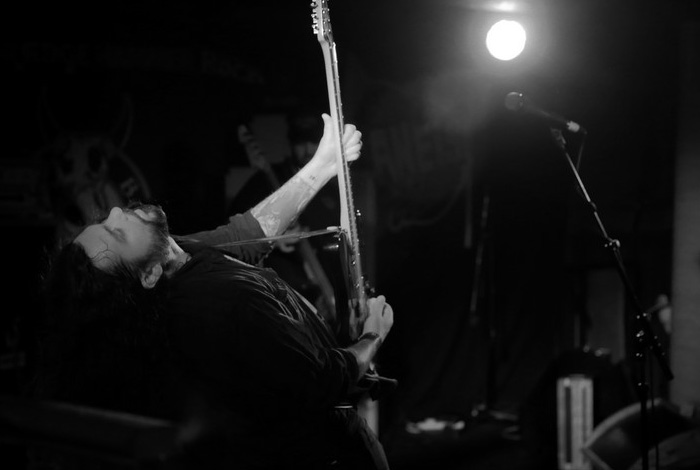
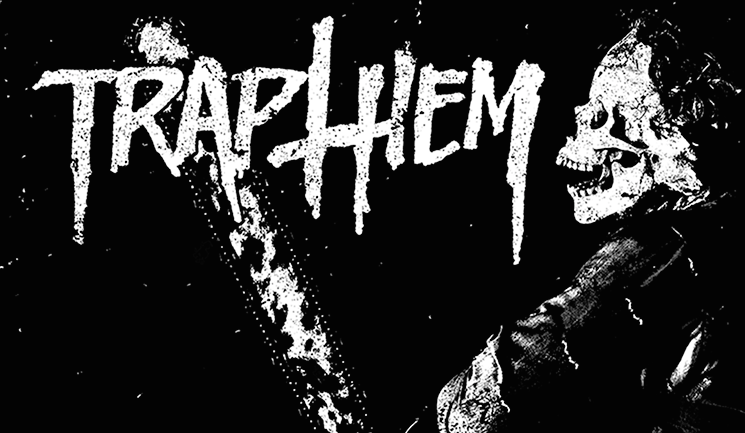

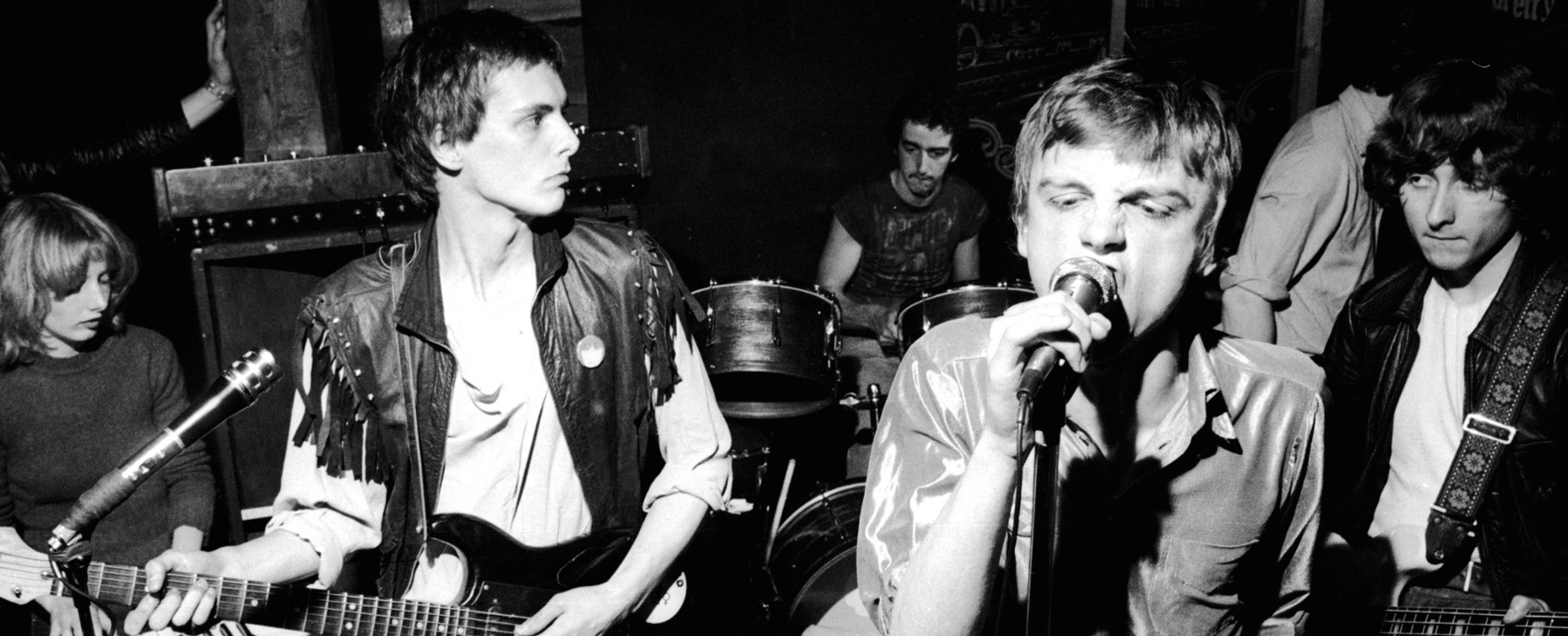
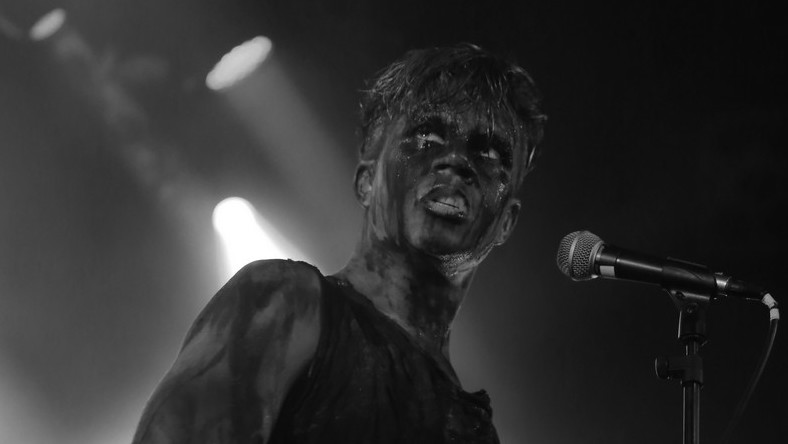
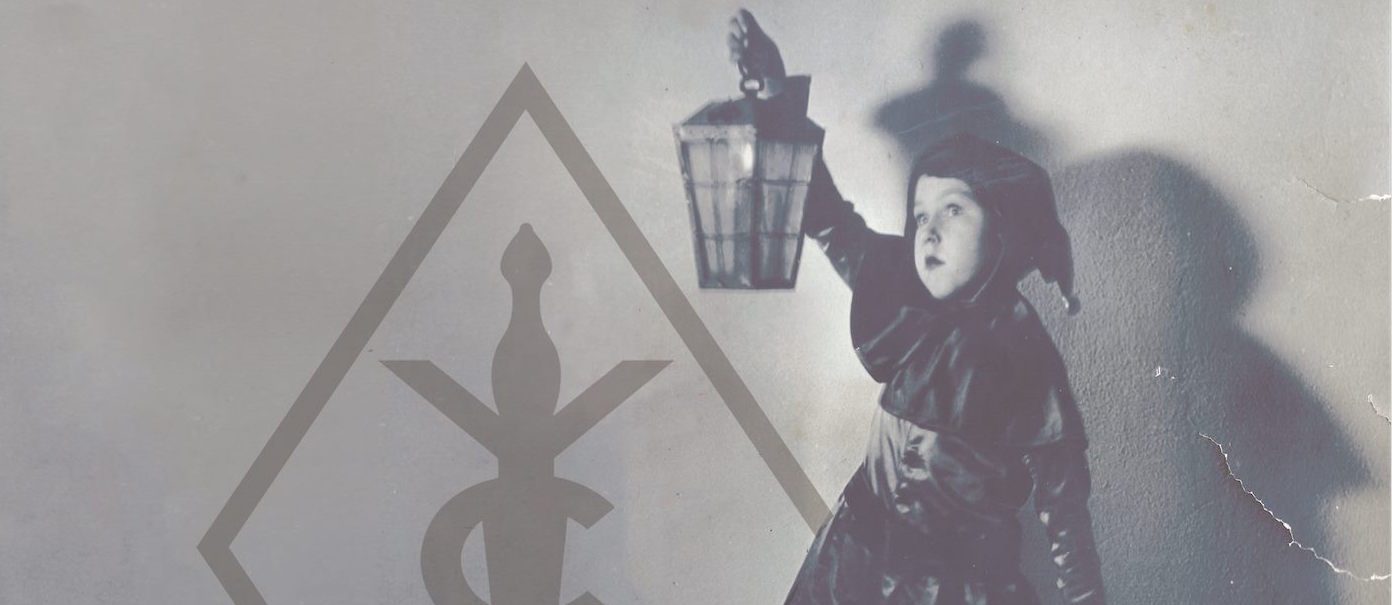

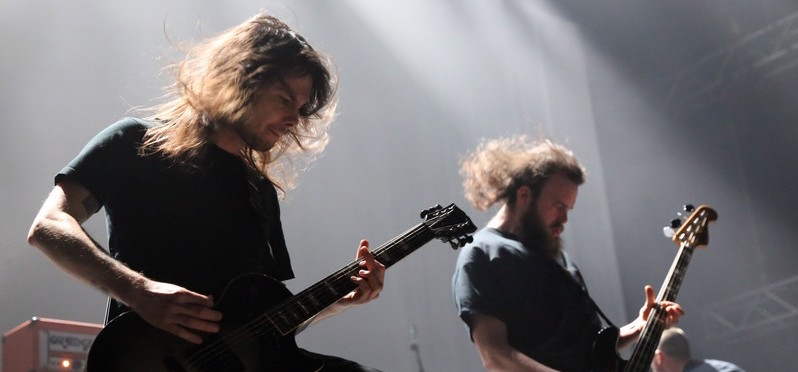

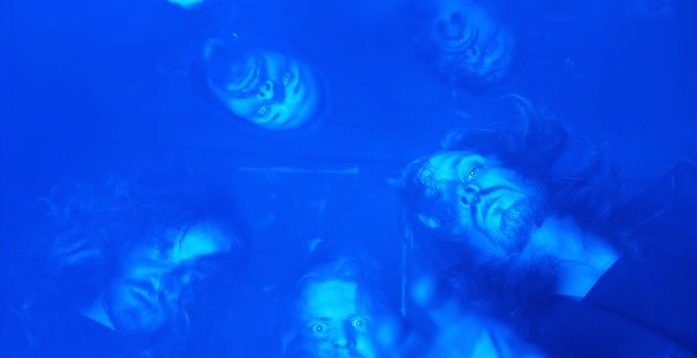
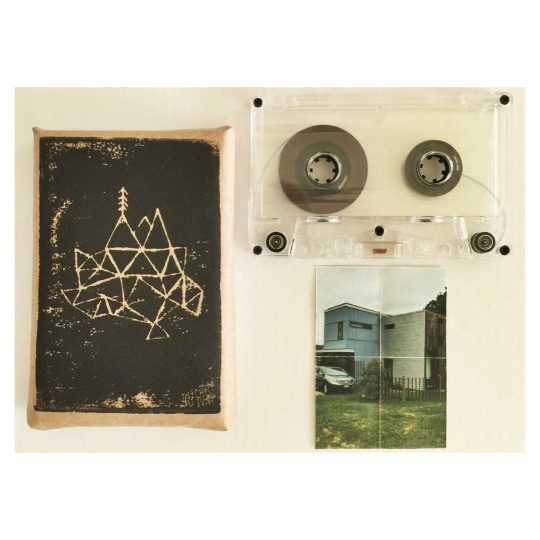
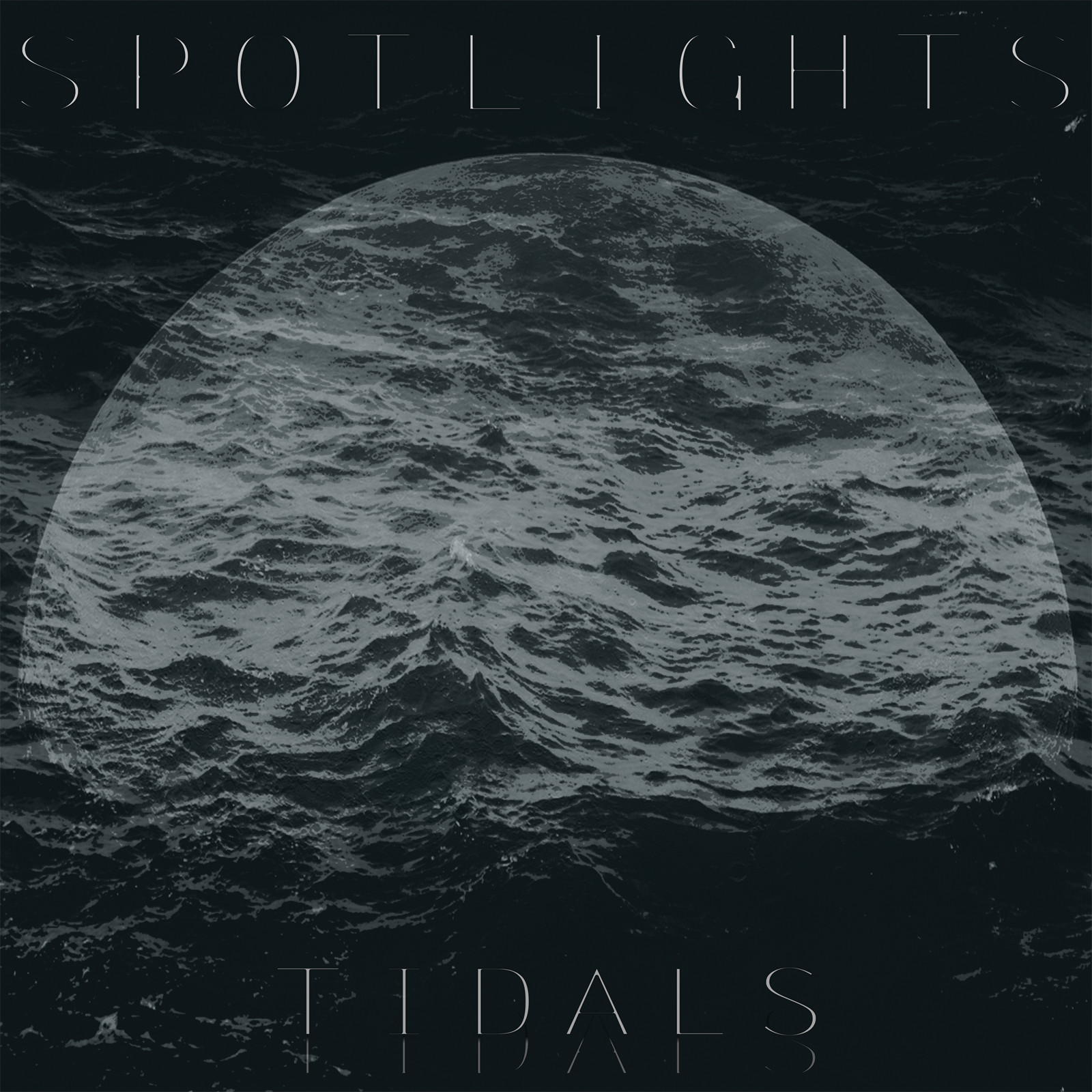
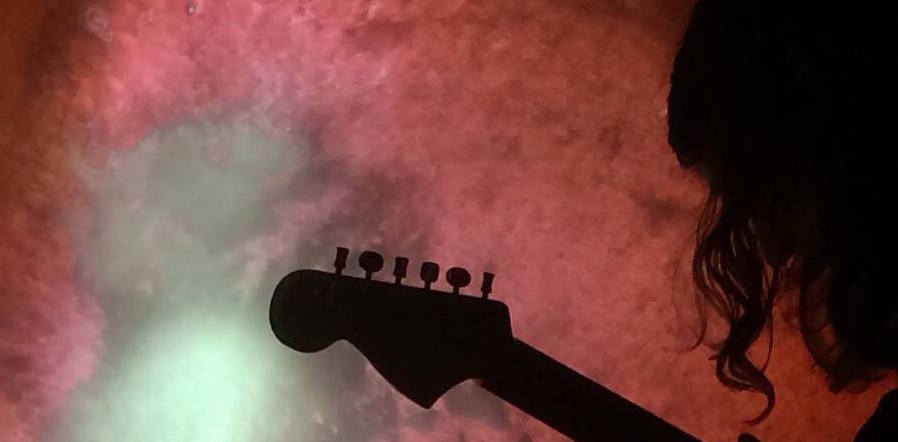

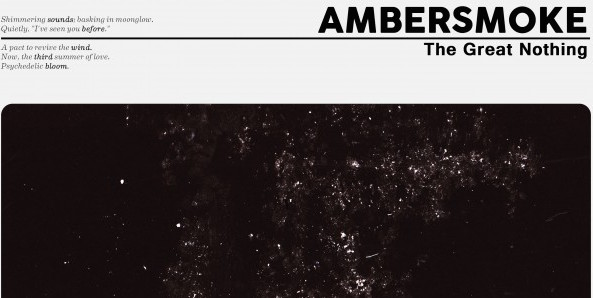
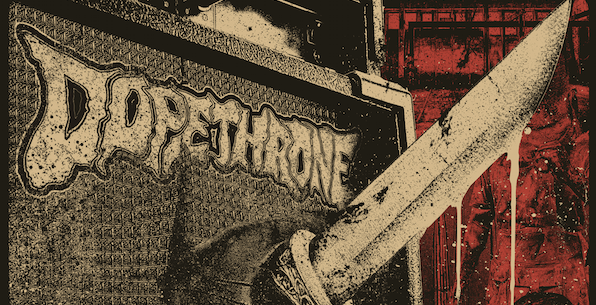


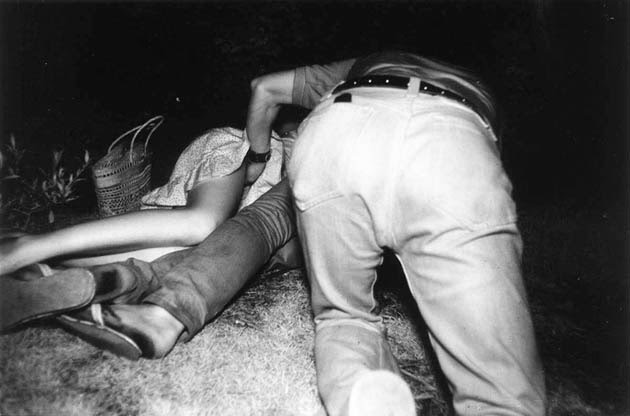
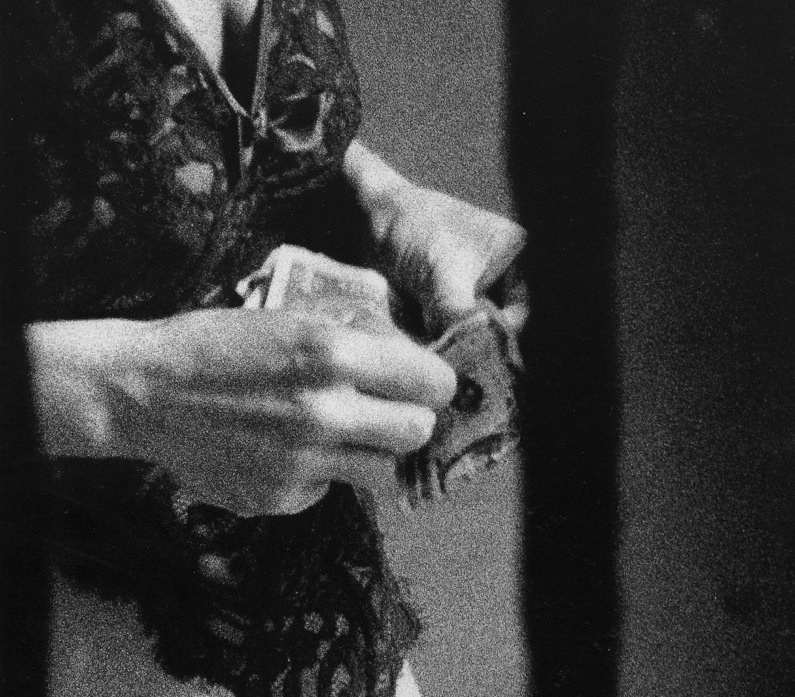

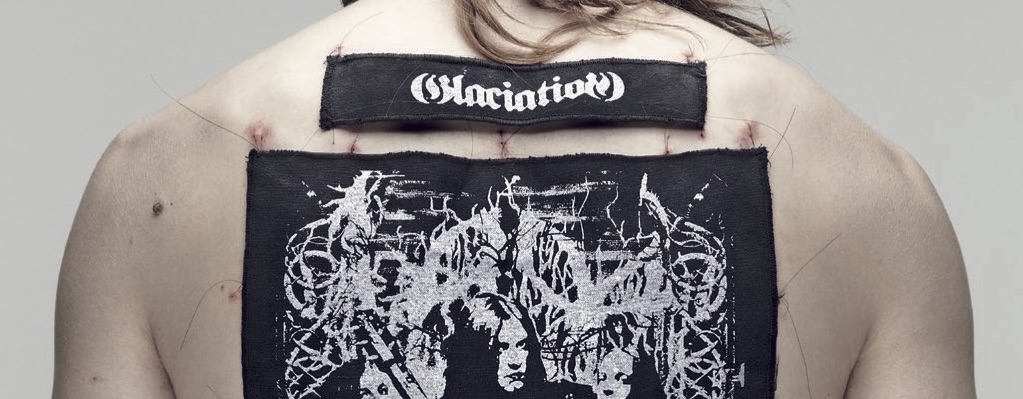

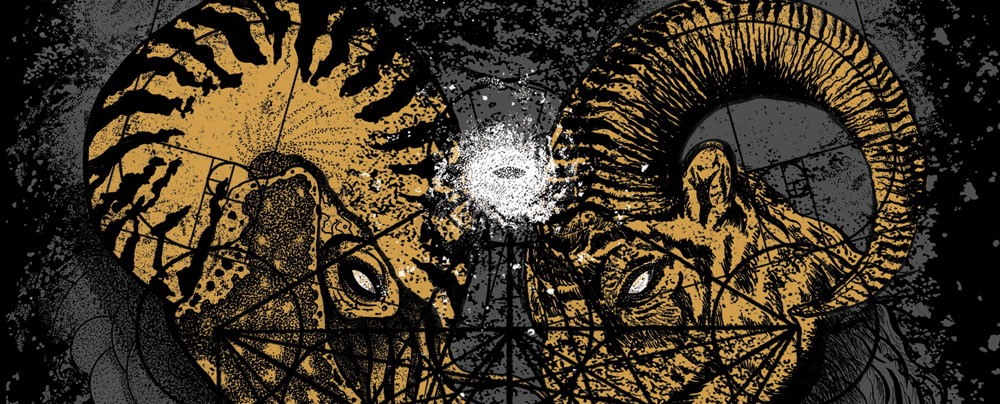

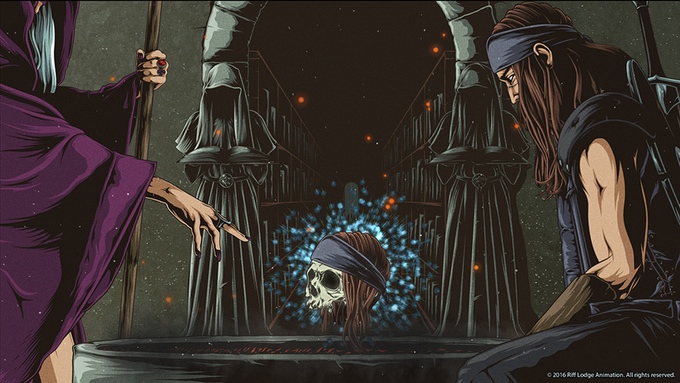
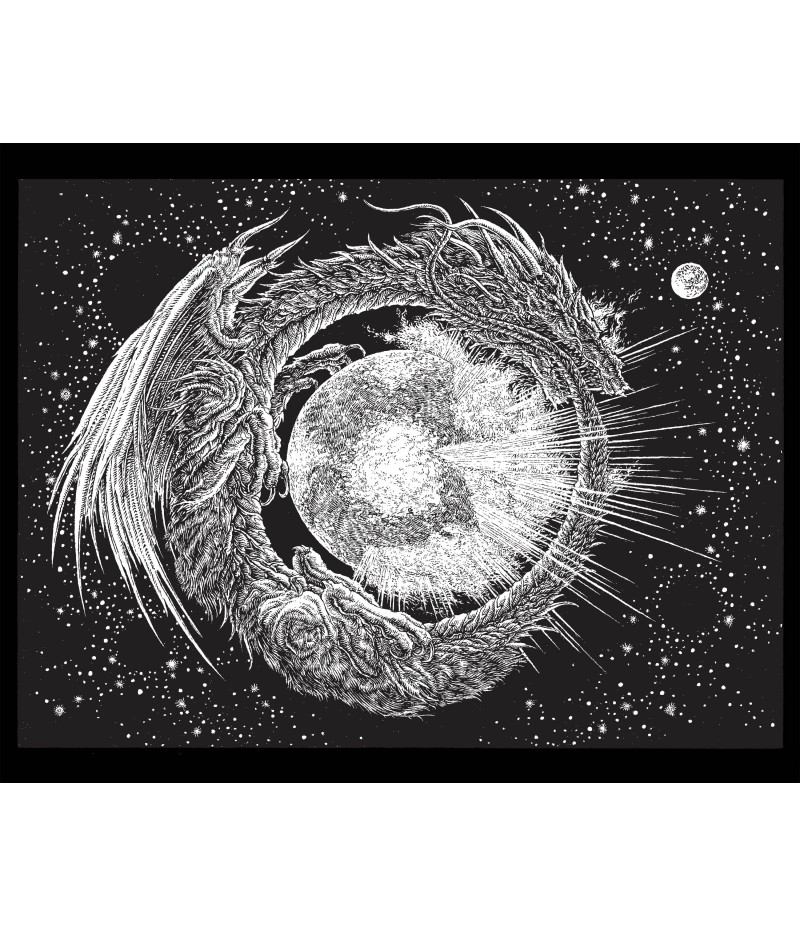
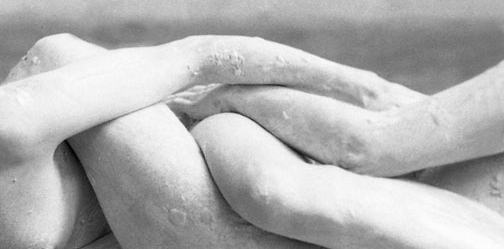
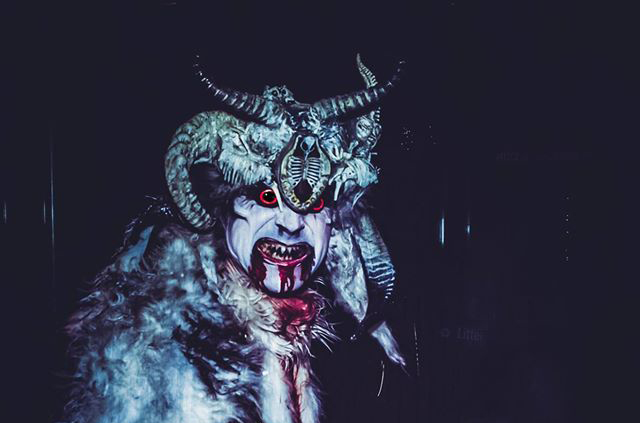
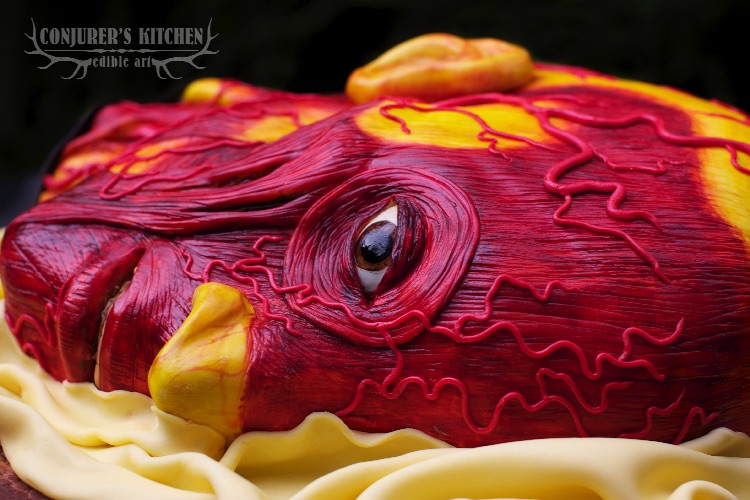
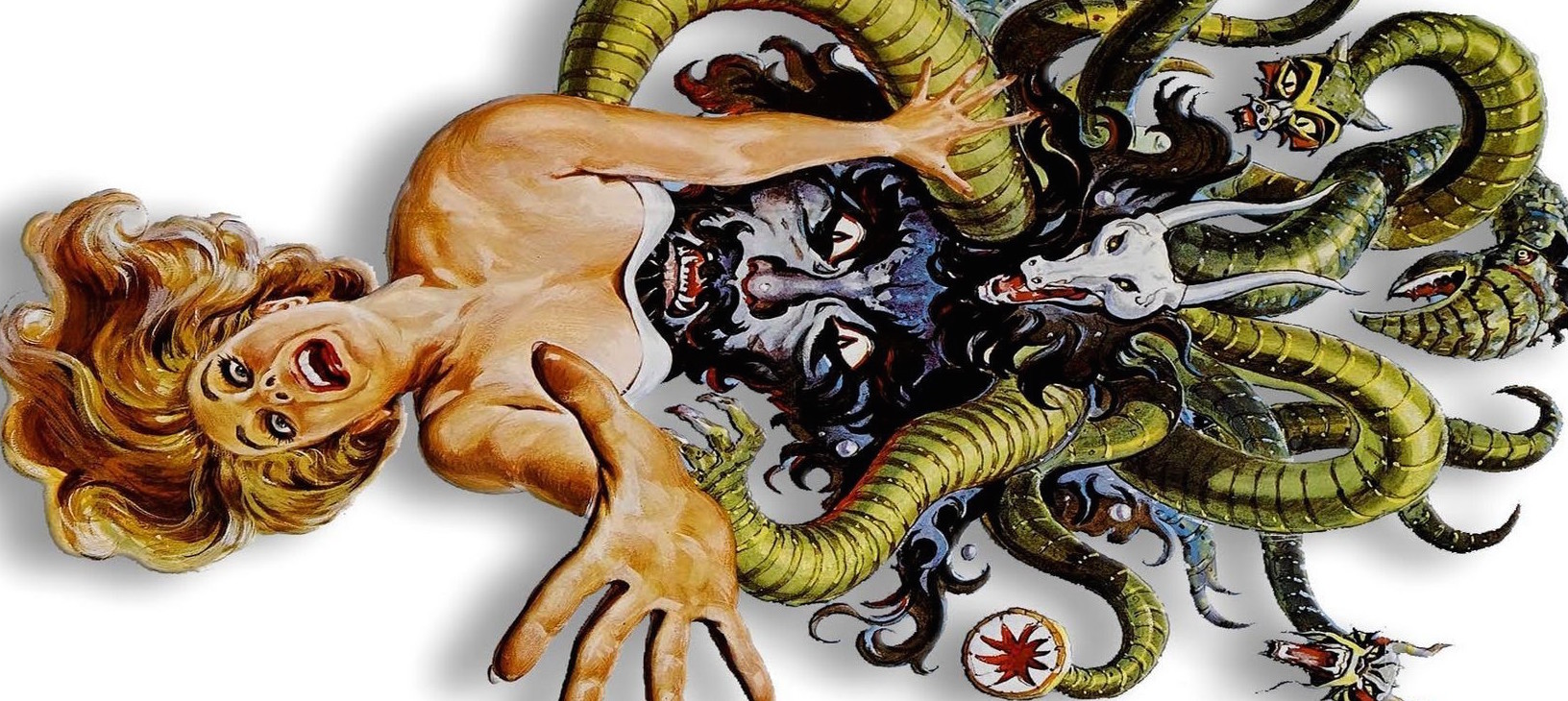

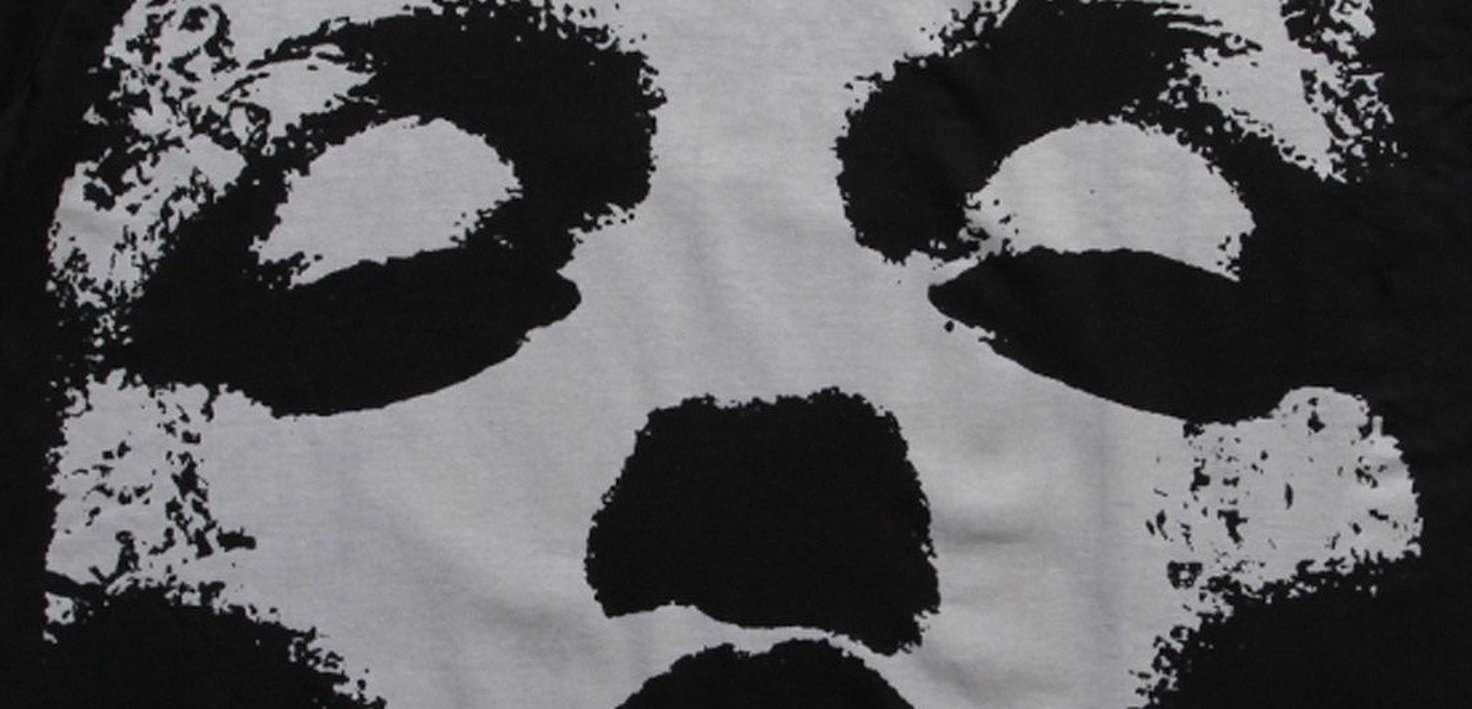
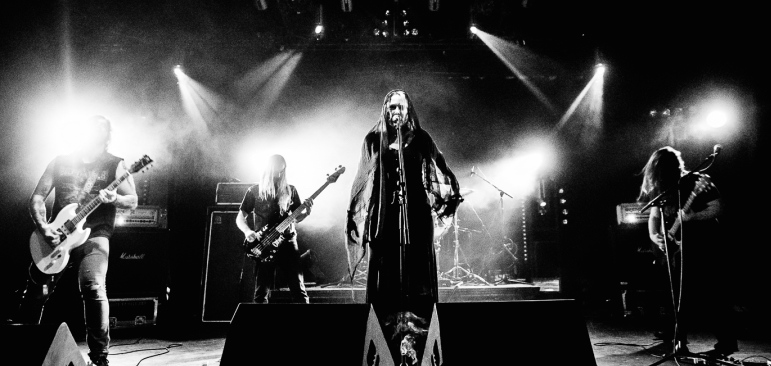
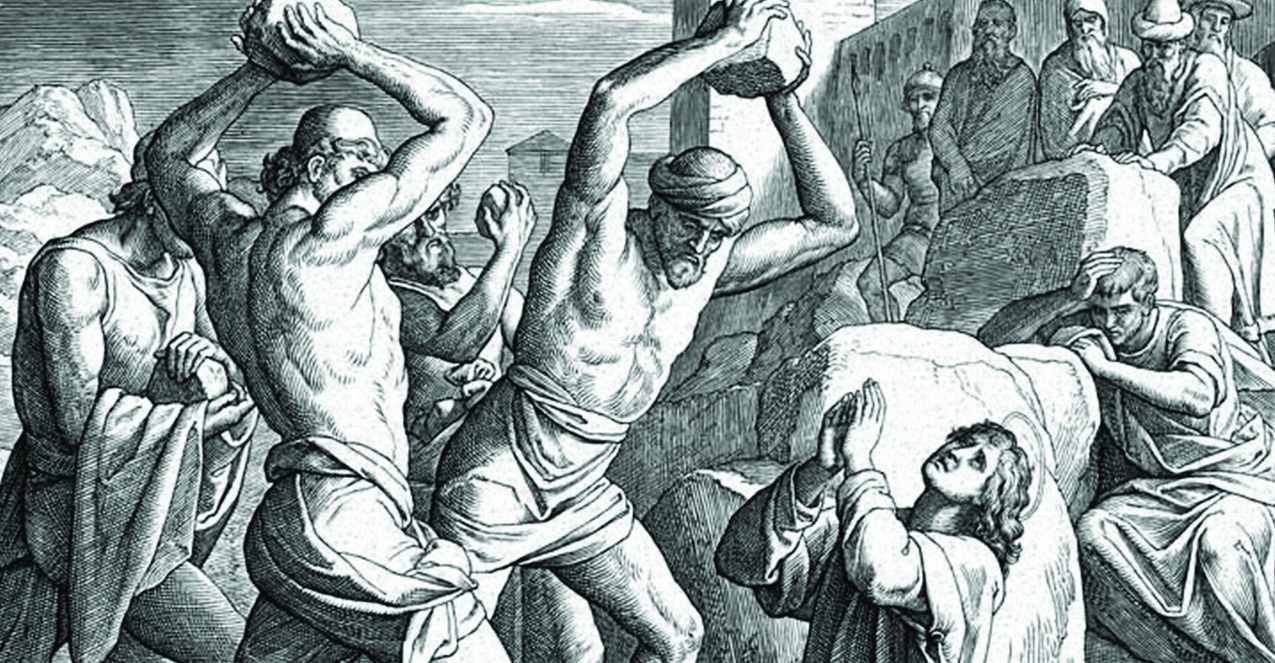
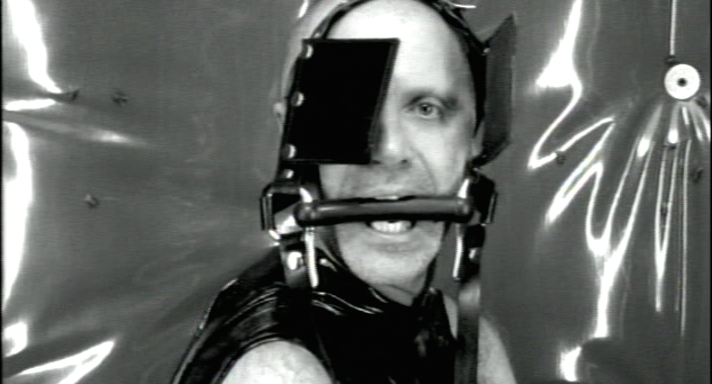

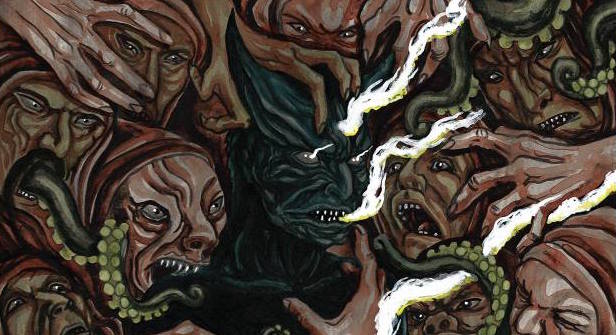
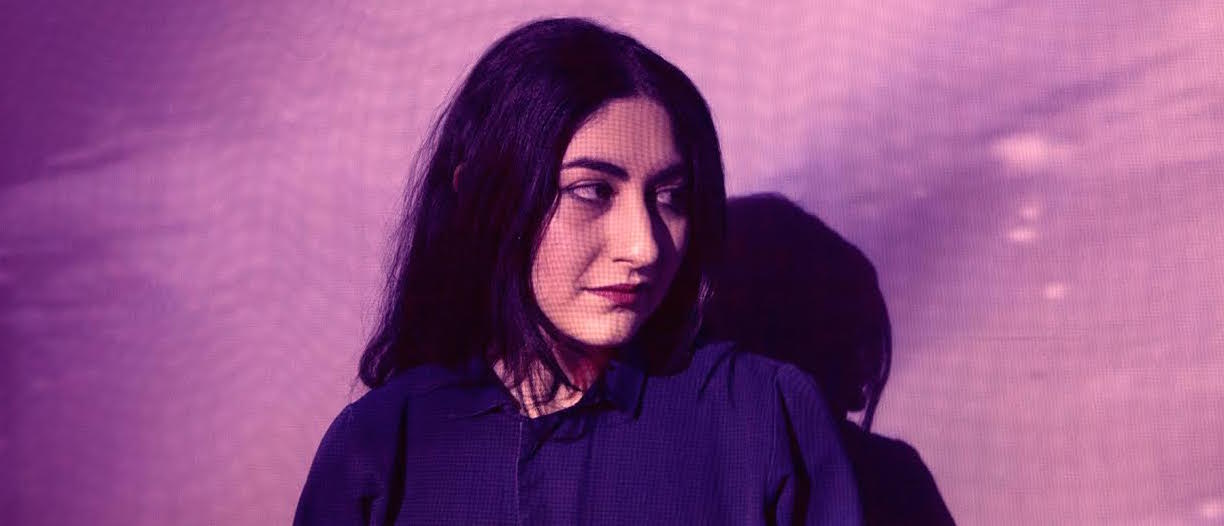
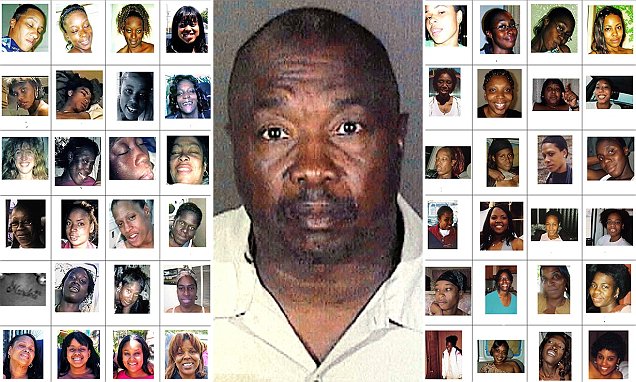
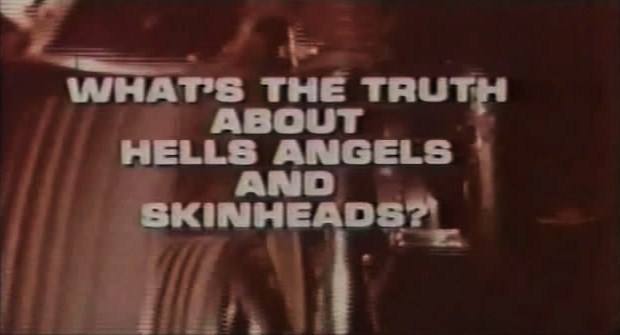
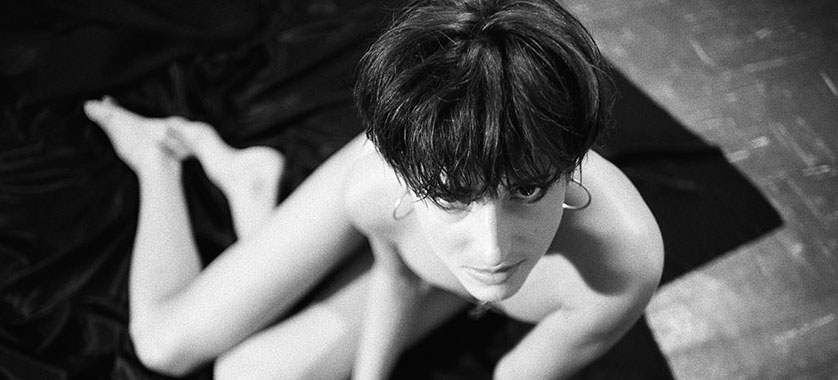




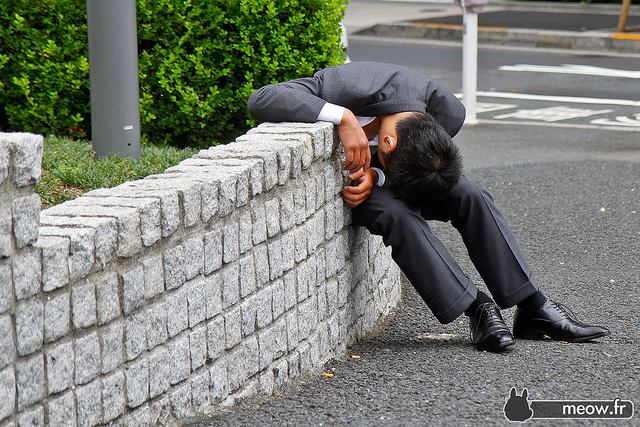



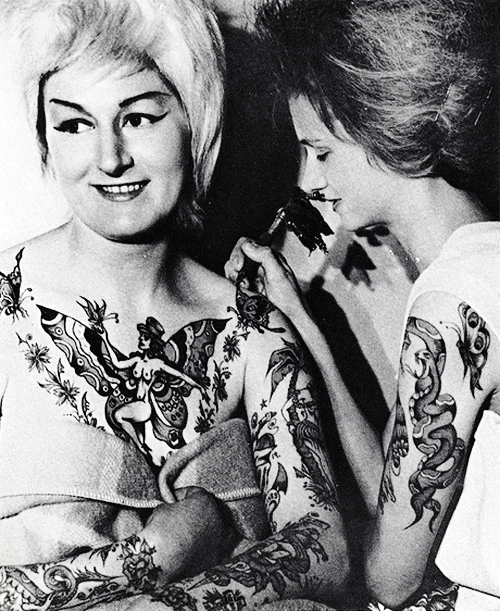

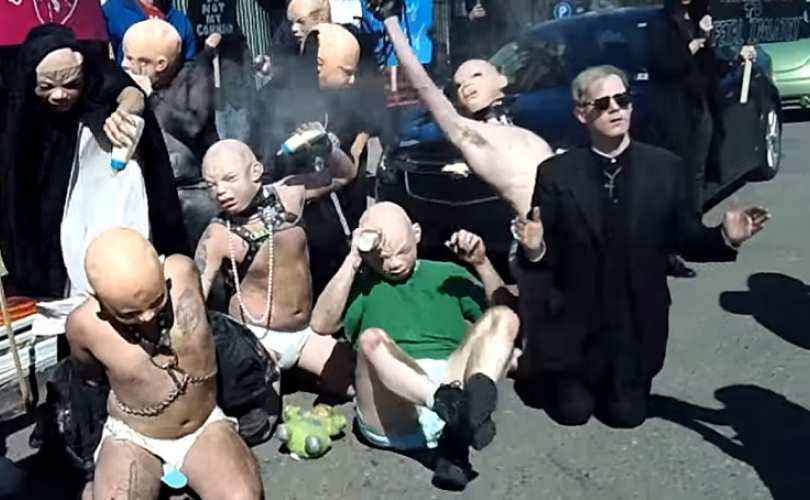





paul mccarroll
June 13, 2011 at 3:00 pm
Saw an interview with this lady on springwatch just the other day. incredible work. Some of them are huge.
Dani
June 13, 2011 at 1:06 pm
WOW those are absolutely stunning. The amount of delicate work that went into those is incredible. So much skill and vision.